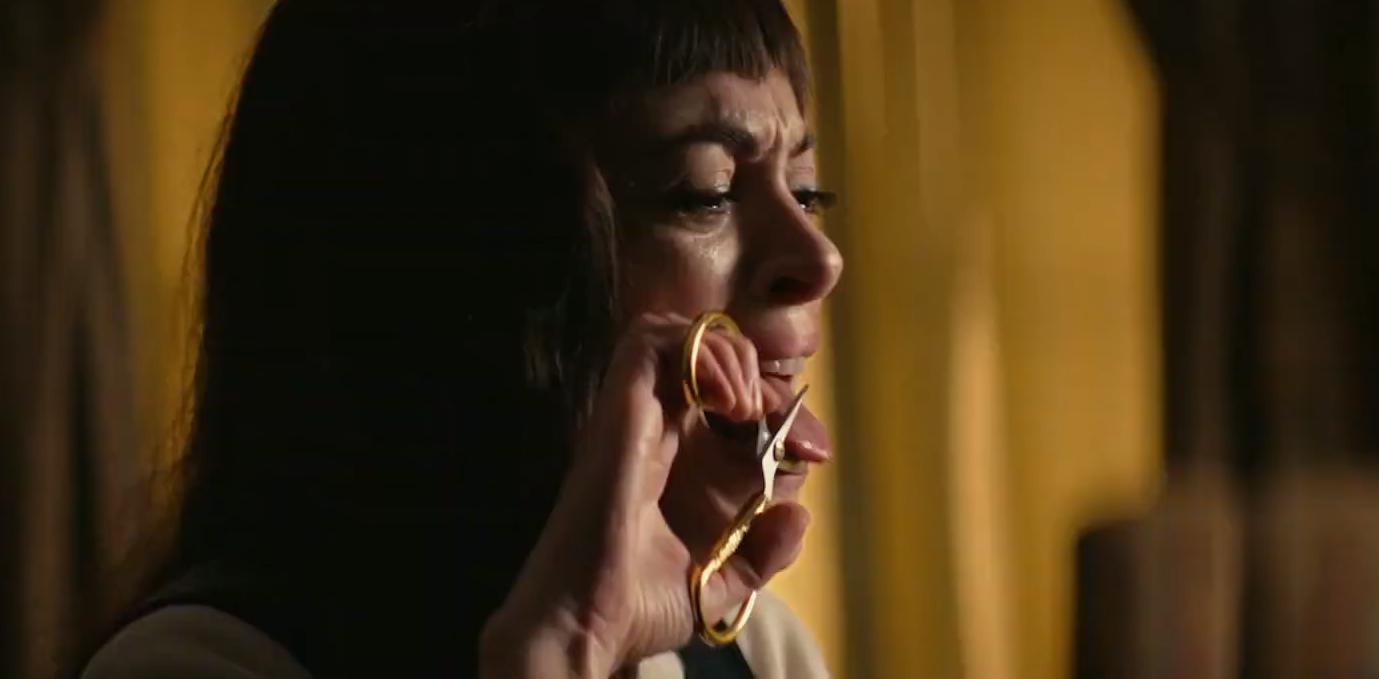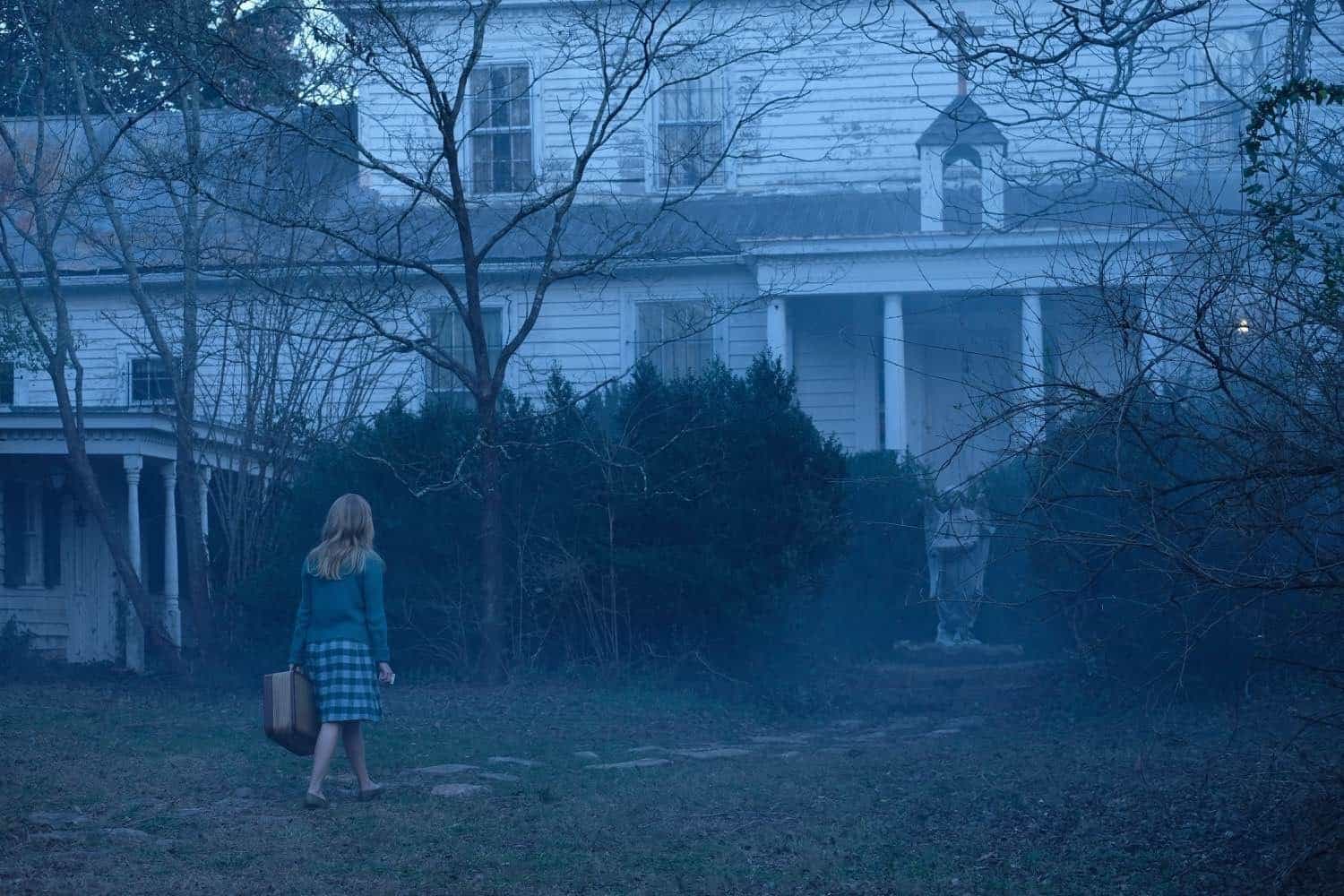In a horror landscape full of jump scares and gore for gore’s sake, St. Agatha (2018) attempts something different: a slow, methodical descent into psychological dread rooted in trauma, faith, and the brutal oppression of women. Directed by Darren Lynn Bousman (Saw II–IV), this film blends nunsploitation horror with real-world social commentary. While uneven in execution, St. Agatha leaves a lasting impact with its oppressive atmosphere and strong central performance.
Plot Summary: A Convent Built on Secrets
Set in 1950s Georgia, the story follows Mary, a young pregnant woman on the run from an abusive relationship and struggling with guilt after the death of her younger brother. Seeking refuge, she arrives at a secluded convent run by a group of stern nuns. The Mother Superior offers her safety, food, and shelter—if she follows their rules.
But this is no ordinary convent.
Mary is stripped of her name and identity, reborn as “Sister Agatha.” She's forbidden to speak, write letters, or question the sisters' rules. What begins as rigid discipline soon spirals into sinister control. Pregnant girls disappear. Screams echo through the halls. The sisters administer punishments that blur the line between religious penance and sadistic torture.
As Mary unravels the truth, she realizes the nuns are not saving unwed mothers—they’re exploiting them. And escaping may require more than just courage—it may require blood.
What Works: Atmosphere and Allegory
From the first moment Mary enters the convent, the film oozes dread. Bousman crafts a cold, isolated environment filled with candlelight, ominous whispers, and sterile rooms where the women are dressed identically and addressed without names. It’s visually reminiscent of films like The Others and The Devil’s Backbone—classic gothic horror built on silence, discipline, and slow emotional decay.
The convent setting is more than creepy—it’s symbolic. The film uses the cloistered religious space to explore themes of bodily control, female repression, and institutionalized misogyny. The idea of a young woman stripped of her voice, name, and freedom—while pregnant—becomes a powerful metaphor for society’s historic treatment of women. These women are told their sins must be atoned for, even if those sins are simply “being unwed” or “trying to survive.”
The horror in St. Agatha isn’t just supernatural—it’s disturbingly real. And that makes it all the more terrifying.

Sabrina Kern: A Star in the Shadows
As Mary, Sabrina Kern gives a standout performance. The role demands vulnerability, desperation, and—eventually—rising rebellion. Kern delivers a mostly silent performance for much of the film, using subtle expressions to convey growing terror and defiance. Her transformation from passive victim to fierce survivor is gradual, believable, and ultimately satisfying.
Carolyn Hennesy, as Mother Superior, is also disturbingly effective. She manages to embody piety and menace in equal measure, crafting a villain who never raises her voice but still commands fear.
Pacing and Execution: A Mixed Bag
The film’s biggest flaw is its pacing. After an eerie and intriguing opening act, the middle stretches on with repetitive scenes of suffering and punishment. The film builds tension methodically—but at times it feels stuck in place, repeating its metaphors instead of deepening them.
Some flashback sequences (revealing Mary’s backstory) are jarring and interrupt the flow. And while the ending delivers a satisfying catharsis, it veers into more typical horror territory with sudden bursts of violence that feel at odds with the slow-burn tone of the rest of the film.

Style Over Shock
Despite being directed by the mind behind several Saw films, St. Agatha largely avoids gore for its own sake. The violence here is psychological first, physical second. There are disturbing moments—forced gagging, beatings, and a grotesque “punishment chair” sequence—but these scenes are restrained, more unsettling than outright graphic.
The use of sound (or the lack of it) is another strength. Silence is used to create tension, especially during key scenes where the women are forced into sensory isolation as punishment. You feel the silence pressing down on them—and on the viewer.
Final Act: Descent into Hell, Then Rebellion
In the final act, Mary fully embraces her new identity—not as a submissive nun, but as a rebel. She uncovers the full scope of the convent’s horror: the babies being sold, the murdered girls buried behind the walls, the fake religious piety masking cruelty. The revenge she unleashes is brutal but justified, turning the final moments into a kind of feminist exorcism—purging the false morality that has imprisoned her.
Final Verdict: Bleak, Bold, and Worthwhile
St. Agatha is not a perfect film. It drags in places, and some supporting characters feel underwritten. But it’s also a bold entry in the female-centered psychological horror genre, willing to confront religious trauma, misogyny, and moral hypocrisy through its haunting premise.
It’s not for everyone—especially viewers looking for fast scares or traditional ghost stories. But for those who appreciate slow-burning horror with disturbing ideas at its core, St. Agatha offers a chilling, thought-provoking ride.
Rating: 7/10 — Disturbing, atmospheric, and quietly powerful.


-1750991024-q80.webp)
